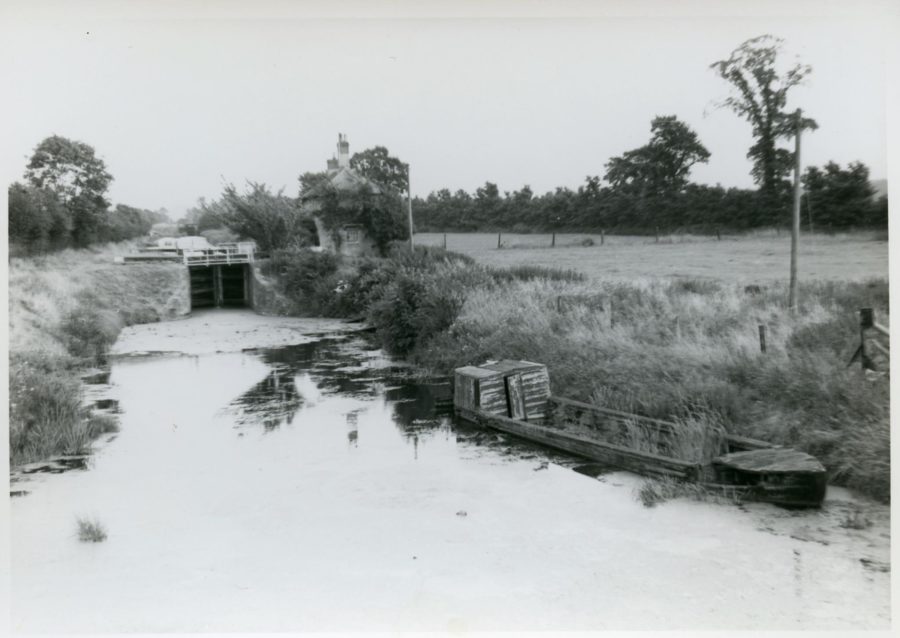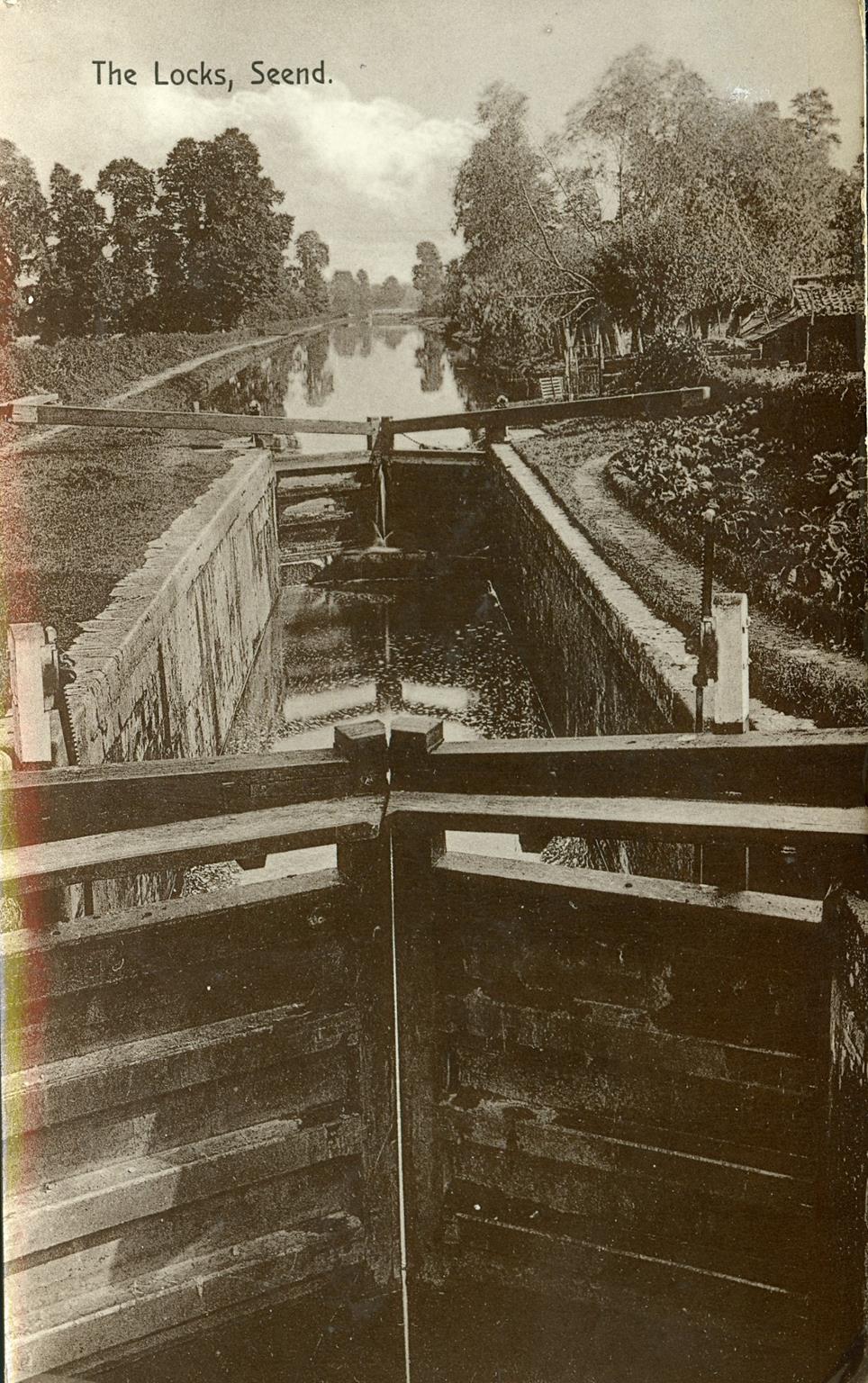Volunteer Anna takes has underaken research into Seend and the Kennet and Avon Canal....
The Kennet and Avon Canal which runs past Seend, was built to link London and Bristol. It is named after the rivers it joins ie the River Kennet and the River Avon. The canal is 57 miles but creates an 87 mile stretch of navigable waterways using 105 locks to conquer gradients along the way. The canal is well known for having the one of the longest flights of locks – 29 are used between Devizes and Rowde.
The idea of using the natural water courses and a short canal was first conceived in the Elizabethan times! However, following the death of Henry Biggs whose idea it was and with the English Civil War, the idea was dropped. Various other proposals were made, but it was not until 1794 that the building of the Kennet and Avon canal received Royal Assent. Once started, the canal took 16 years to build, Devizes locks, known as the Caen Hill flight, being the last part to be completed. With other parts of the canal open, once goods arrived at Foxhangers, they were unloaded and carried via a horse drawn railway, being re loaded onto new boats in Devizes. However, once the locks were completed, one boat could be used for the whole journey and transport costs were very favourable.
In it’s heyday, the canal was used to transport over 300,000 tons of freight. Sadly however , with the Great Western Railway opening in 1841, the canal went into decline. Upkeep was poor, night-time traffic was banned and heavy tolls charged, all contributing to its near closure. The closure of the Somerset Coal Canal in 1904 and the Wilts and Berks Canal in 1906 led to the Great Western Railway looking to have the canal closed. However, whilst the use of the canal for cargo reduced it was starting to be used by pleasure boats.
Despite being used in the second world war as a GHQ Line and a number of pill boxes being built along the canal to help defend against enemy invasion DZSWS:MSS.408 DZSWS:Map.245, it continued to spiral into decline and closed in 1951. However with a collaboration between British Waterways and volunteers the canal slowly reopened by the 1990's and further work on the stretch in Seend being completed in the early 2000’s, thanks to an award by the National Lottery funded by the Heritage Lottery Fund.
Seend has it’s own flight of five locks (originally numbered 4-8 but now 17-21) DZSWS:2019.5005.1 DZSWS:2019.5005.2 DZSWS:2019.7018.1 with a rise of 11.68m. In the middle of these, between locks 18 and 19 sits The Barge Inn (shown in this picture with Seend Wharf bridge behind) DZSWS:2019.5005.3. During the nineteenth century coal was the main source of heating and the canal was an ideal method of transporting it. A coal business was set up at the property, then a house, the business later moved to Mitchell’s Farm, where it can still be bought today! The dwelling house, located at Seend Wharf was sold in 1857. The Barge Inn is not mentioned until some time later, although it was noted in the sales details that ‘The tenant has for many years done a capital business in the beer, baking, coal and general grocery trades’. This would of course have been as a result of boats using the canal but also due to the Iron Works DZSWS:1983.8396 situated close by (see previous article) which kept the wharf busy. By the time the Rayner’s took ownership, sister of the Seend Giant DZSWS:AVBGB.GBP100) The Barge Inn existed.
Article written by student volunteer Anna Hallett.



